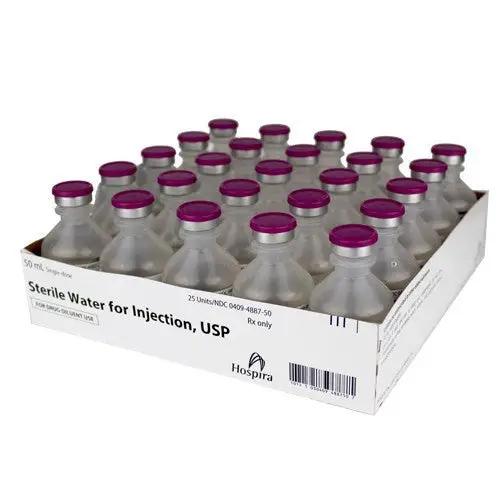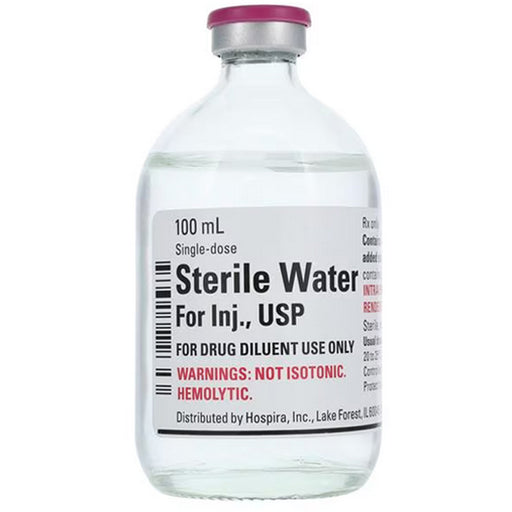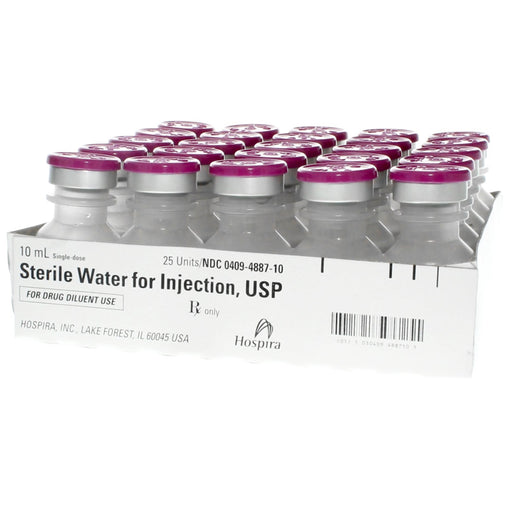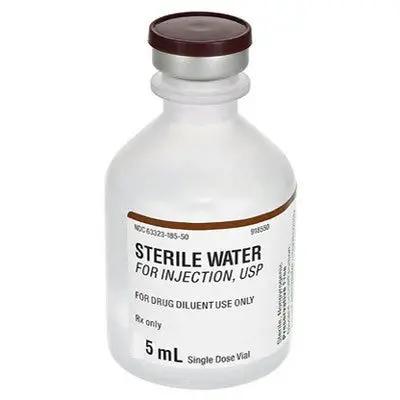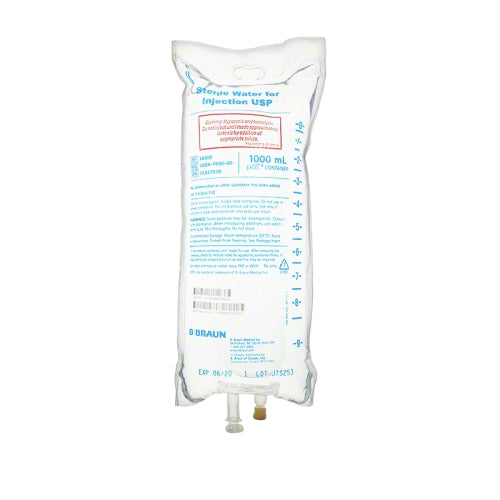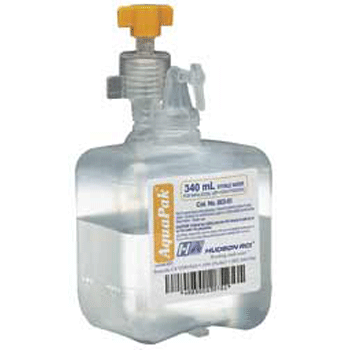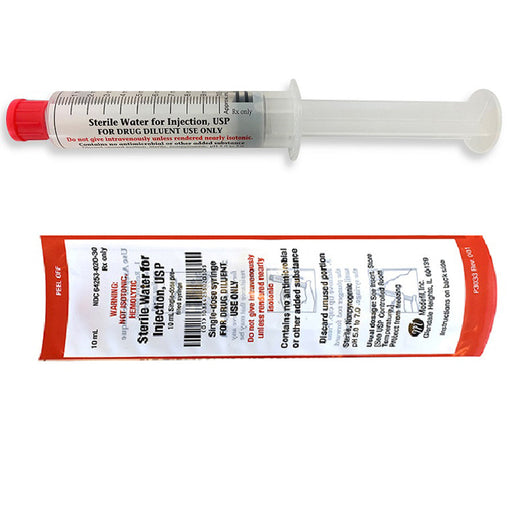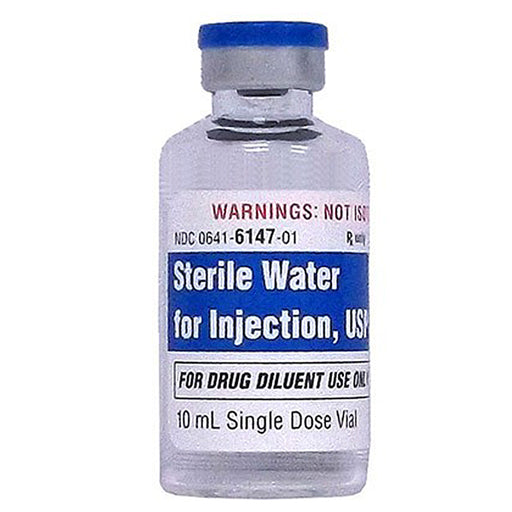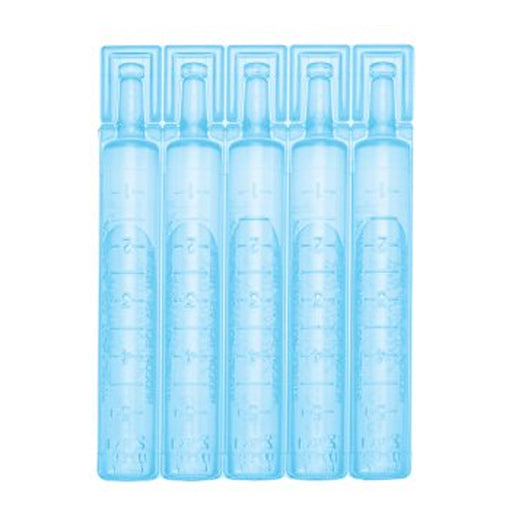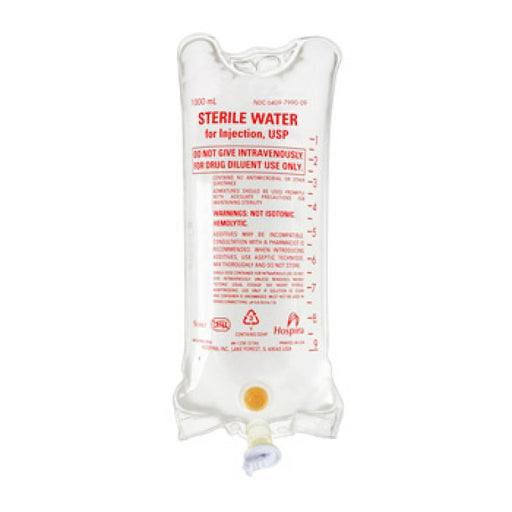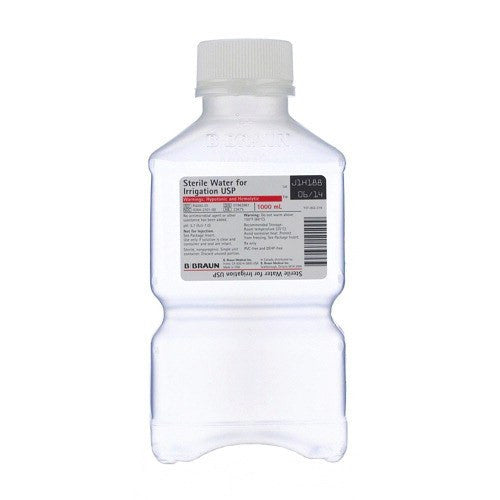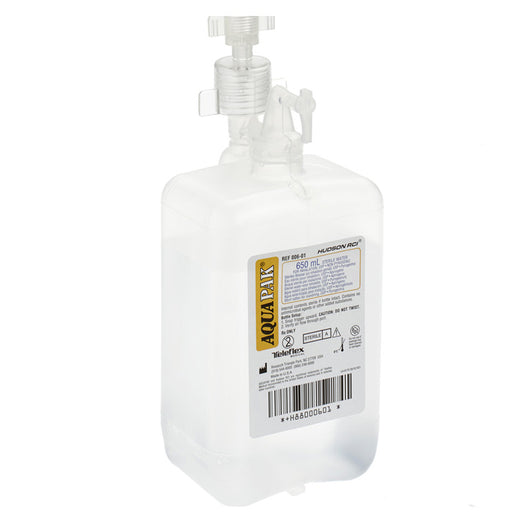What is Bacteriostatic water
Bacteriostatic water is a sterile water solution that contains a small amount of a preservative, typically benzyl alcohol, which inhibits the growth of bacteria. It's commonly used as a diluent for medications that are administered by injection. The bacteriostatic property means it prevents the growth of bacteria, making it useful for multi-dose vials where the solution may be accessed several times. However, it's not suitable for use in newborns or people with specific allergies to benzyl alcohol.
Difference between Bacteriostatic and Sterile Water:
Bacteriostatic water and sterile water are both used as diluents for injections, but they have some key differences:
Composition:
- Bacteriostatic Water: Contains a preservative, usually benzyl alcohol, which inhibits the growth of bacteria. This feature allows it to be used for multiple doses over time.
- Sterile Water: Contains no additives or preservatives. It is entirely free of microorganisms but does not prevent bacterial growth once it's been opened.
Usage:
- Bacteriostatic Water: Ideal for reconstituting medications that require multiple uses from the same vial, as its bacteriostatic property helps maintain sterility.
- Sterile Water: Used for single-dose applications where no preservation is needed, or when the use of preservatives is contraindicated (e.g., in newborns).
Shelf Life After Opening:
- Bacteriostatic Water: Can be used for up to 28 days after opening if stored properly.
- Sterile Water: Typically used immediately after opening because it lacks preservatives.
Choosing between the two depends on the specific medical needs and instructions from healthcare professionals.
How to use bacteriostatic water
Using bacteriostatic water involves several steps to ensure safety and effectiveness, particularly when diluting medications for injection. Here’s a general guide:
Preparation:
- Wash your hands thoroughly with soap and water.
- Gather all necessary supplies: bacteriostatic water, medication vial, syringe, and alcohol swabs.
Inspect the Vials:
- Check the expiration date on both the bacteriostatic water and the medication.
- Ensure the vials are intact without cracks or leaks.
Sterilize the Tops:
- Use an alcohol swab to clean the tops of both the bacteriostatic water and medication vials.
Drawing Bacteriostatic Water:
- Attach a sterile needle to a syringe.
- Pull back the syringe plunger to fill it with air equal to the volume of bacteriostatic water you need.
- Insert the needle into the bacteriostatic water vial and push the air into the vial.
- Invert the vial and draw the required amount of bacteriostatic water into the syringe.
Mixing with Medication:
- Insert the needle into the medication vial and slowly inject the bacteriostatic water.
- Swirl the vial gently to mix. Do not shake vigorously as this can damage the medication.
Drawing the Mixed Solution:
- After mixing, withdraw the required dose into a new syringe for injection.
Administration:
- Follow specific medical instructions for administering the injection.
- Dispose of needles and syringes properly according to local regulations.
Always follow the instructions provided by your healthcare provider or pharmacist, as they may have specific guidelines based on the medication and the patient’s needs.



